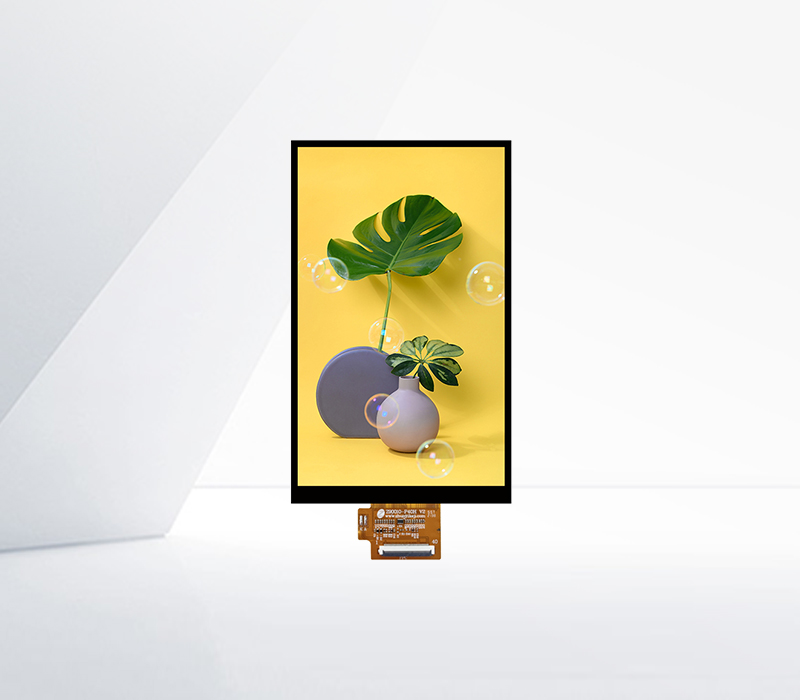



Transformation of LCD Display Technology

The transformation of LCD display technology involves significant changes in the design and functionality of the displays to meet emerging market demands. One notable transformation is the development of flexible LCD displays. Traditional LCDs are rigid, but with the advent of new materials and manufacturing techniques, flexible LCD displays are becoming a reality. These flexible displays can be bent, rolled, or even folded, opening up new possibilities for applications. For example, in the wearable technology market, flexible LCDs can be used to create curved smartwatches or flexible fitness trackers that conform to the shape of the body. In the automotive industry, flexible LCDs can be integrated into the dashboard or the interior design, providing a more seamless and customizable display solution.
Another transformation is in the form factor of LCD displays. Ultra - wide LCD displays have gained popularity in recent years. These displays have an aspect ratio of 21:9 or even wider, offering a panoramic viewing experience. They are ideal for multitasking, as users can have multiple windows open side - side without sacrificing too much screen real - estate. In the gaming and entertainment industries, ultra - wide displays provide a more immersive experience, allowing users to see more of the game environment or movie scene.
Transparent LCD displays are also an area of transformation. These displays can be used in applications such as retail storefronts, museums, and architectural installations. In a retail store, a transparent LCD can be used to display product information while still allowing customers to see through the display to the products behind it. In a museum, transparent LCDs can be used to provide additional information about exhibits without obstructing the view of the artifacts.
The integration of touch - screen technology with LCD displays is also a significant transformation. Touch - screen LCDs are now widely used in smartphones, tablets, and even some monitors and laptops. This transformation has made user interaction more intuitive and convenient, enabling functions such as pinch - to - zoom, swipe gestures, and direct - touch input.
